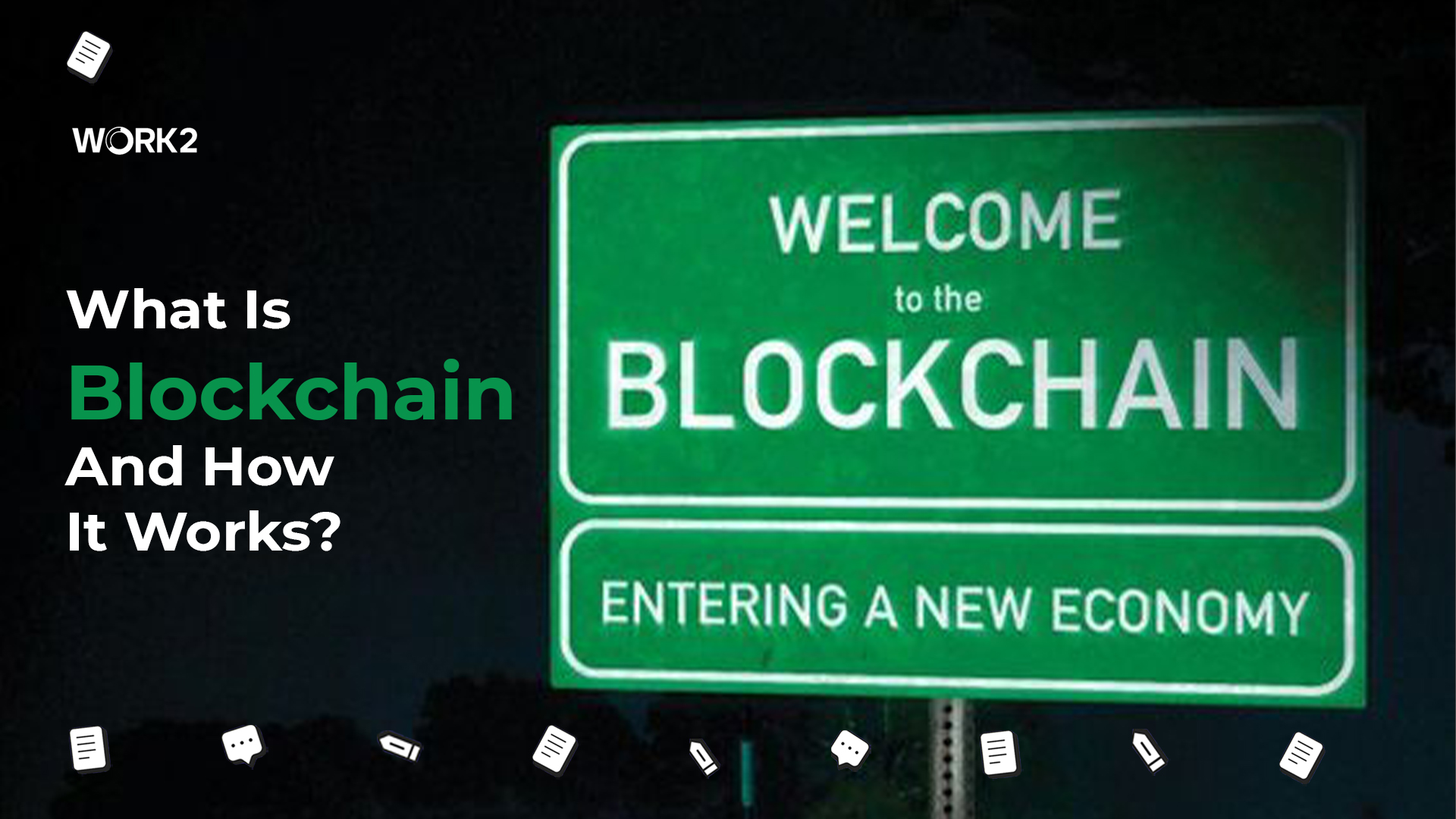Blockchain technology in simple terms
Blockchain is a database used to store and move digital assets. Money, stocks, video game characters, artwork and other items are all examples of assets. The concept is that blockchain allows you to claim ownership of anything you see online. And no one can hack it, rewrite it, or take it away from you.In a blockchain, all data is stored in blocks that are connected by unique keys. If you change any record, the keys of the blocks will not match, which will break the chain. Since you can only see what is inside the block, it cannot be deleted or changed in the blockchain. By the way, blockchain is translated into English as "blockchain.
How blockchain works
Imagine that you work as a programmer in a European firm. Your grandmother, who lives in Germany, is about to celebrate International Senior Citizens' Day, so you decide to give her some money so that she can buy a new coat.You can do it in the usual way by going to an ordinary bank:
- You activate the banking app.
- You send money to your grandmother's card
- The money is withdrawn by the bank from your account
- It is credited to your grandmother's account.
It sounds simple and familiar, but there is a catch. All the information about the transfer is on the server as a regular string in the database. If someone hacks into this server and rewrites the string, Grandma won't get any money. If the bank suddenly collapses due to the crisis, everyone will lose money.
See how blockchain can solve all of these problems now:
- You join a blockchain network
- You open your grandmother's wallet and transfer money to her
- The transfer is encrypted and added to the blockchain
- All members of a network of millions of users of multiple blockchains are informed of the transfer.
The only server that could be affected by the deletion of your transfer data is the network as a whole, not one particular machine. Decentralization is the name of this blockchain trick. Blockchain would be like a bank, where each customer owns a copy of all transactions.
What blockchain consists of
So we made the transfer, and as soon as we did, a new block appeared in the chain. Remember that you can't erase or change the data in the blockchain, so if grandma wants to give you your money back, it will appear in the new block.The creators came up with a method in which a hash of the previous block is added to each new block to connect the links in the chain. A hash is a special combination of letters and numbers that represents encrypted transaction data. If you change any entry, the network will not accept the change because the hash of the blocks will not match.
For example, the SHA-256 algorithm is used to hash all transactions in the bitcoin network. Any data is converted to a 256-bit string. The result is a 256-bit encrypted sausage.
It looks like this:
c9f9053e2fb3fcec35ceeafab7bda50ece7d924f886c117b142dfa2df1d63573
Who creates new blocks
A transaction is simply a set of facts, like a journal entry. It takes processing power to convert information into a block, and the larger the network, the more equipment is needed to do the job. That is why special people with powerful computers, known as miners, create new blocks in huge blockchains.A typical miner's work day is as follows:
- Select a transaction from the main line
- Pick a special hash for it
- Combine it with the previous transaction hash
- Recalculate everything and create a new block.
As payment for their work, miners receive a portion of the entire digital pie; in the case of bitcoin, that portion is bitcoins. However, don't believe that mining is a gold mine. To mine digital currencies for profit requires resources, namely electricity and GPUs.
